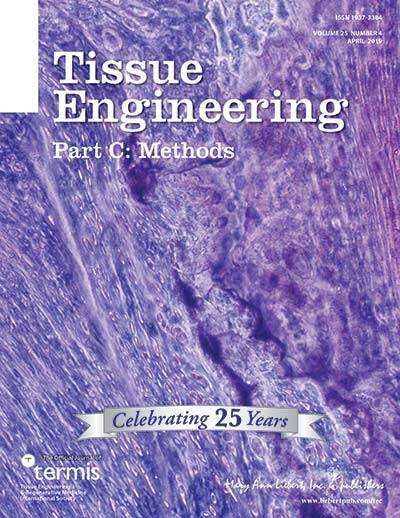Credit: Tissue Engineering Part C: Methods
CRISPR/Cas9 technology enables convenient and effective genome editing in diploid cell lines based on the isolation and expansion of edited single-cell clones. However, this approach is ineffective for aneuploid cell lines, and a group has now reported an improved method for genome editing based on multiple rounds of modification. The article is published in Tissue Engineering.
Maxim N. Karagyaur, MD, Ph.D., Lomonosov Moscow State University, Russia, and a team of colleagues have presented their research in an article titled "Optimization of CRISPR/Cas9 Technology to Knock Out Genes of Interest in Aneuploid Cell Lines." The authors treated four different human and mouse aneuploid cell lines in pooled populations and knocked out a combined six different genes. Their newly developed protocol includes repeated rounds of genome editing and GFP-positive cell sorting. Both on-target and off-target editing was assessed by sequencing predicted sites, and the results showed that additional rounds did not increase the rate of off-target cleavage despite enhancing gene knockout efficacy.
"Dr. Karagyaur and colleagues from Russia describe a critical development in CRISPR/Cas9 technology to create functional cell models from aneuploid cell cultures," says Tissue Engineering Co-Editor-in-ChiefJohn P. Fisher, Ph.D., Fischell Family Distinguished Professor & Department Chair, and Director of the NIH Center for Engineering Complex Tissues at the University of Maryland. "Utilizing an innovative approach of repetitive cycles of CRISPR-/Cas9, the group showed that target protein expression could be suppressed, and therefore bypass clonal effects which are often observed in these complex systems."
More information: Daniyar T. Dyikanov et al. Optimization of CRISPR/Cas9 Technology to Knock Out Genes of Interest in Aneuploid Cell Lines, Tissue Engineering Part C: Methods (2019). DOI: 10.1089/ten.tec.2018.0365
Provided by Mary Ann Liebert, Inc























